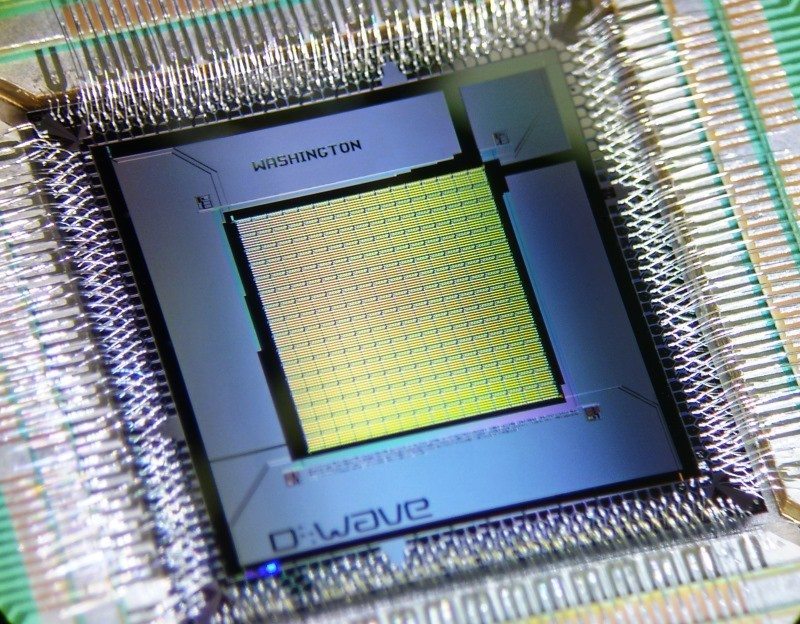NASA and Google Reveal Working Quantum Computer
Alexander Neil / 9 years ago

Two years ago, NASA and Google decided to get together and invest in a D-Wave 2X quantum computer as part of an experiment to gauge the performance increase of solving a “quantum annealing” problem on a quantum computer over a conventional computer. It only comes today, however, that Google were able to announce that during their experiments, a quantum computer containing over 1000 qubits was able to solve the problem 100 million times faster than a conventional single-core computer.
The D-Wave computer purchased by NASA and Google was supposedly the world’s first functional quantum computer, however up until recently it was never conclusively proven that the computer truly tapped into quantum processing. Quite simply, a quantum computer is different to a regular computer right down to the fundamental level. A conventional computer stores and handles data as bits, which can either be a 1 or a 0. A quantum computer can instead have each bit (or qubit) be both a 1 and a 0 simultaneously. For example, a regular 8 bits can hold one of 256 values, while 8 qubits can hold all 256 values simultaneously. This allows for calculations to theoretically be completed at vastly greater speeds than normal using a quantum computer.
Of course, this announcement, while potentially groundbreaking amongst researchers and scientists, isn’t going to bring quantum computing to the masses any time soon. For starters, the D-Wave used was engineered specifically for the type of problem used in the test, which was an optimization problem using over 900 binary variables. This type of problem offers a large number of potential solutions to a problem and aims to produce the most efficient result, with complexity greatly increasing with the number of variables added.
While this may seem like a niche use of such powerful computing tools, NASA and other groups have many such problems containing large amounts of data, which currently require large amounts of supercomputing commitment to solve currently, such as air traffic control data modelling and space missions. With Rupak Biswas, director of exploration technology at NASA Ames stating that “NASA has a wide variety of applications that cannot be optimally solved on traditional supercomputers in a realistic timeframe due to their exponential complexity, so systems that use quantum effects … provide an opportunity to solve such problems.”
It will be interesting to see what the other two D-Wave computers in existence (held in Los Alamos National Laboratory and by Lockheed Martin for the University of Southern California respectively) can produce, and if they can find more uses for the computers that may help to develop them into more generalized computing systems. For now, it seems like the world of home quantum computers and advanced AI is a way off, but this could be a very real glimpse at the speed and power of the computers of tomorrow.



















